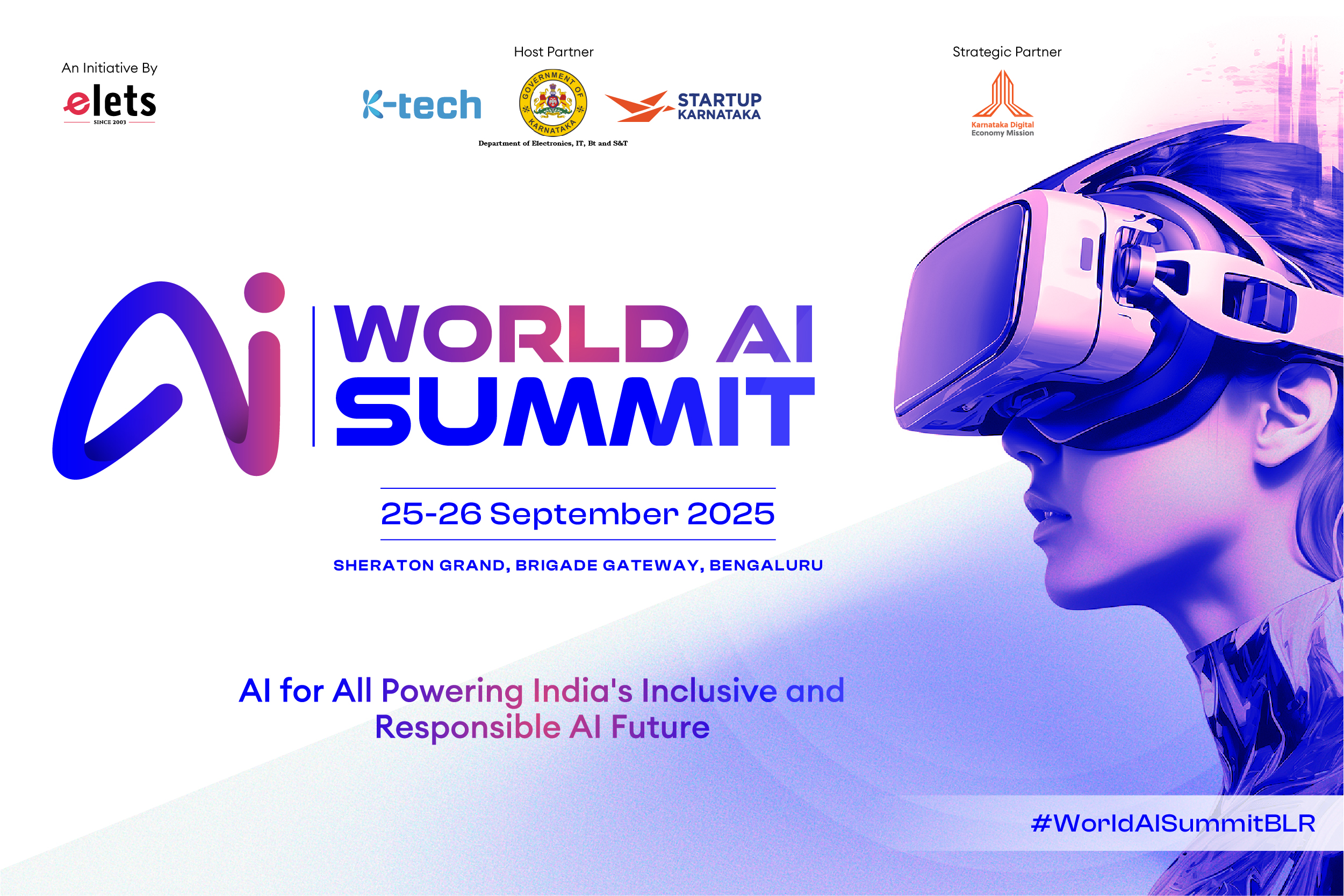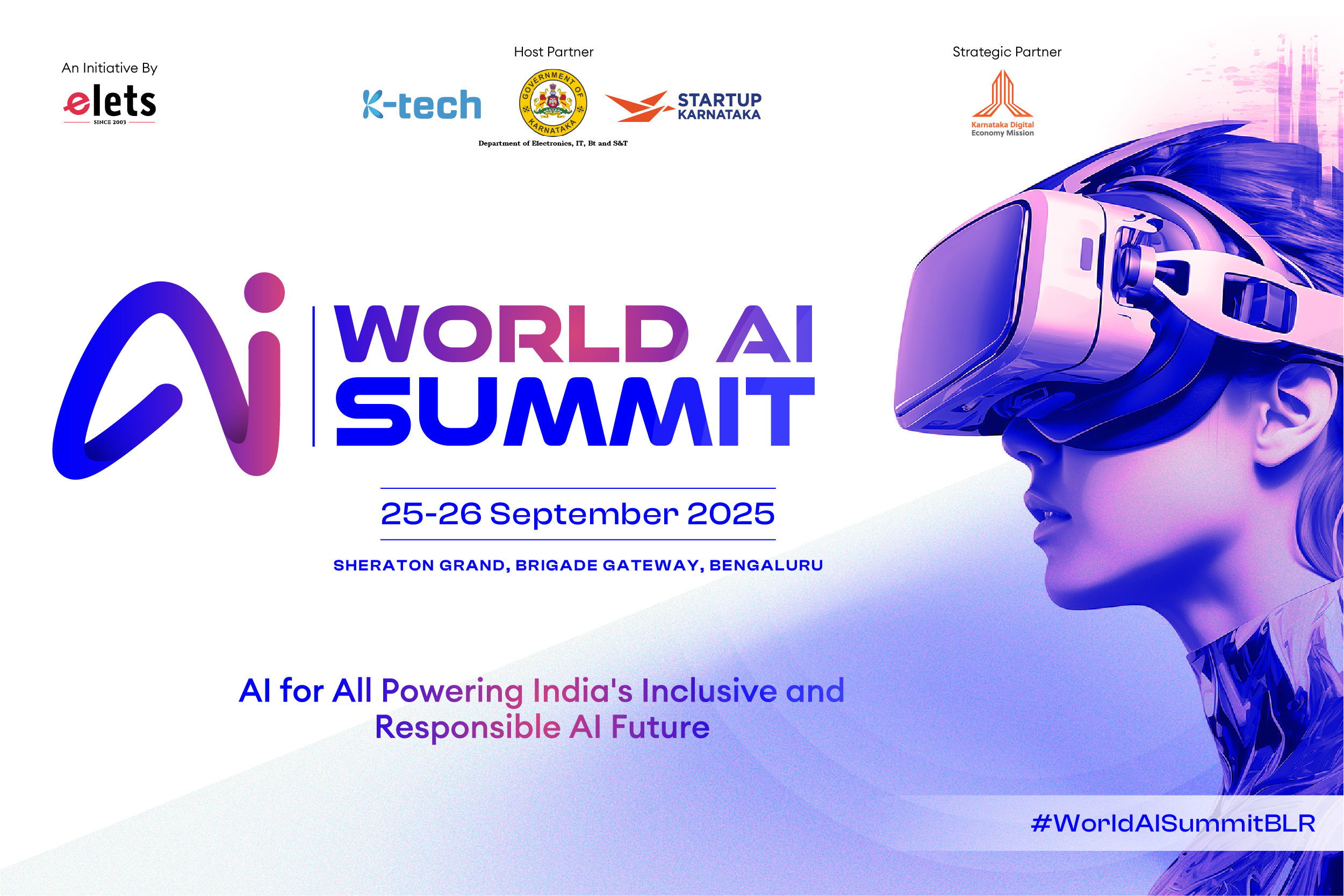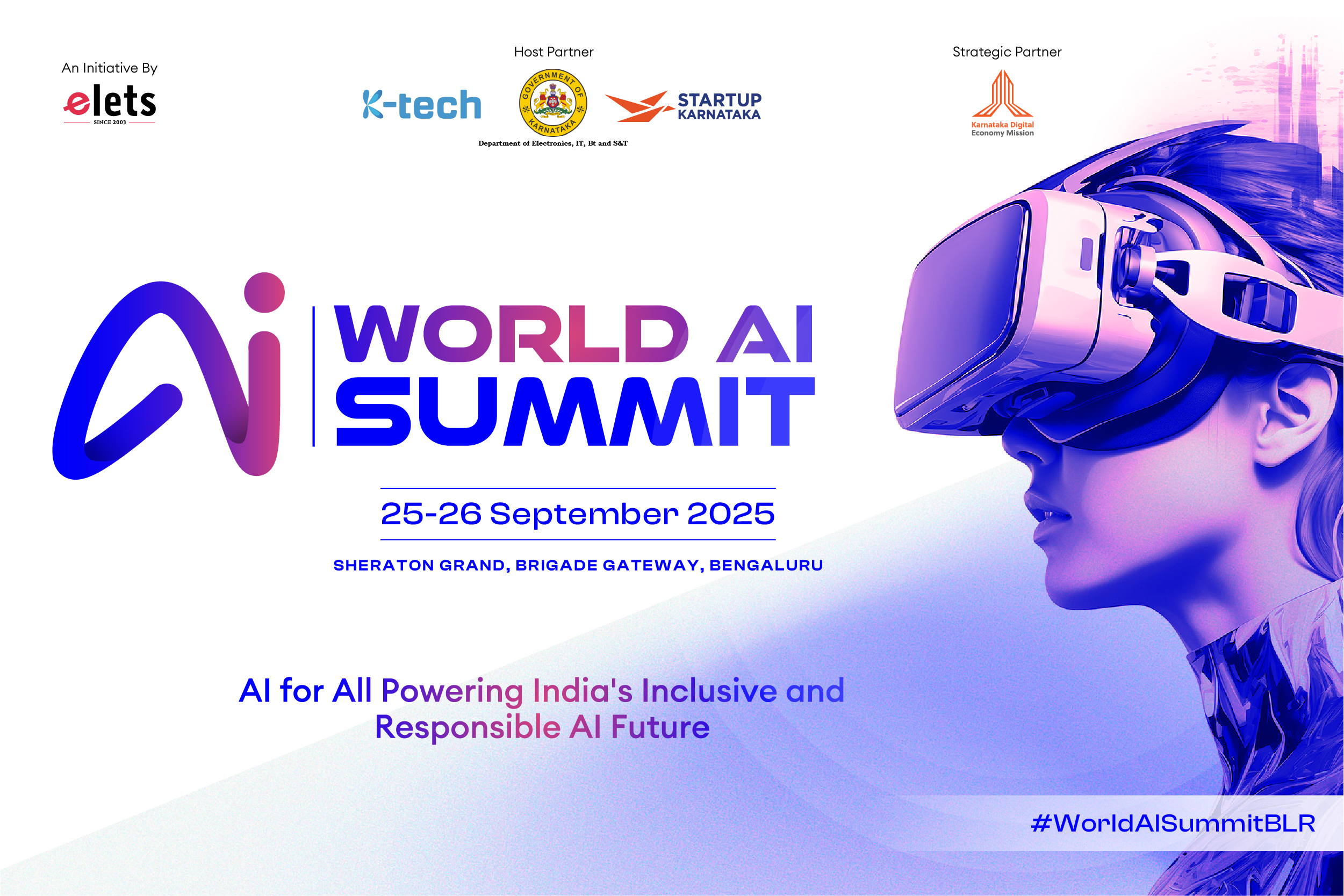
For decades, India, as a vast and diverse country, has faced numerous infrastructure-related constraints. India is trying to address these issues through policy initiatives such as Gati-Shakti, which aims to reduce the country’s logistics-related costs from 13% to 8% of GDP, and the more recent National Logistics Policy, which aims to improve Indian goods’ competitiveness in domestic and international markets by lowering logistics costs.
Efficient supply chains are at the heart of a well-functioning logistics infrastructure, and digital technologies are critical for improving and only improving but also strengthening existing supply chains. Technologies like Al and analytics play a significant role in improving supply chain visibility and are now playing a significant role in improving supply chain visibility and better aligning operations to adapt to new and often unpredictable business realities.

Simply put, the Metaverse is a shared virtual environment that people can access via the Internet and participate in as an immersive experience.

Whatever definition is used, finding practical use cases and ensuring that the technology required to experience the Metaverse is easily accessible in terms of cost will be critical to whether the Metaverse will become part of the digital fabric of how organizations will run in the future.

Retailers are already exploring how to use the metaverse to improve the customer experience. Concepts are beginning to take shape, whether it’s an avatar walking into a metaverse clothing store and purchasing items to be delivered to you in the real world, or understanding the preferences of a digital avatar to tailor services and strengthen brand loyalty. Will the metaverse, however, catch on in other industries, including the supply chain?
The potential applications of metaverse technology in the supply chain industry
The supply chain industry has numerous potential applications for metaverse technology. Organizations can secure data and transactions as they move through the supply chain by applying blockchain and distributed ledger technologies. Furthermore, secure digital identity management solutions allow for seamless authentication and authorisation processes for a wide range of stakeholders, including suppliers, manufacturers, distributors, and customers. Furthermore, 3D visualisation tools enable real-time tracking of goods across multiple locations worldwide.
These capabilities, when combined with artificial intelligence (AI) technologies, may soon enable the development of automated systems capable of effectively managing much of the complexity inherent in global supply chains. This could result in a more transparent system in which all stakeholders, from producers to consumers, have access to current data and insights, allowing for better decisions and more efficient operations. Augmented reality (AR) technologies have the potential to bridge the physical and virtual worlds, allowing for improved real-time tracking of goods and remote access to various supply chain resources.
Metaverse technology has the potential to revolutionise the global supply chain industry in the future by increasing transparency and efficiency. Organisations can stay ahead of the competition by leveraging blockchain, distributed ledger technologies, digital identity management solutions, 3D visualisation tools, AI capabilities, and AR applications. With these advancements, it may soon be possible to create an optimised system that provides greater visibility across all stakeholders involved in a given supply chain. This could contribute to a more efficient and secure solution for the industry, leading to greater improvements in the supply chain of the future.
Metaverse development drivers
Many different factors influence the growth of a metaverse. A desire to explore new virtual spaces and experiences, or may motivate individuals even to build metaverse projects. There are numerous potential benefits for businesses, such as creating immersive customer experiences, expanding into new markets, and collaborating more efficiently. Furthermore, governments may benefit from harnessing the power of the metaverse for improved data collection, public service delivery, and citizen engagement.
At its core, the success of any metaverse is determined by its ability to attract users – individuals who are both interested in exploring these new digital spaces and have the resources to do so. As a result, incentives such as exclusive content, rewards, and experiences are required to encourage people to participate and collaborate in the metaverse. Similarly, organizations must be provided with the tools and infrastructure required to develop projects that align with their objectives. Providing access to the necessary technological platforms and resources, as well as strong legal frameworks that protect user data while allowing innovation to thrive can accomplish this.
A successful metaverse must be built on an open platform that allows for interoperability between different virtual worlds, which is only possible if developers are allowed to express themselves freely through open standards. Furthermore, non-technical users should find it easier to interact within these spaces, both regarding hardware (e.g., more affordable VR hardware) and software (e.g., by having user-friendly interfaces).
Finally, to prevent malicious activities or abuse of power, the metaverse must be kept secure and accessible to all users. This requires regularly updated security protocols, preventive measures against malicious actors, and clear rules and regulations governing using virtual worlds. All of these factors work together to foster the development of the larger metaverse.
Be a part of Elets Collaborative Initiatives. Join Us for Upcoming Events and explore business opportunities. Like us on Facebook , connect with us on LinkedIn and follow us on Twitter.
"Exciting news! Elets technomedia is now on WhatsApp Channels Subscribe today by clicking the link and stay updated with the latest insights!" Click here!











